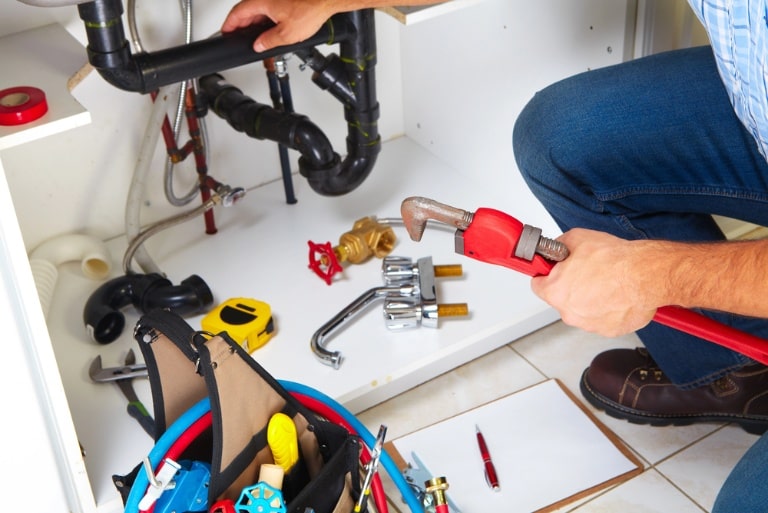The Importance of Properly Sealing and Protecting Pipelines With Caps and Plugs

The extensive network of pipelines that crisscross our industrial landscapes is not just a marvel of engineering, but a vital artery for the transportation of fluids and gases. Maintaining the integrity of these pipelines is fundamental to ensuring safety, efficiency, and environmental protection.
Any compromise in the pipeline’s structure can have far-reaching consequences, highlighting the significance of using appropriate sealing materials, such as caps and plugs. Below, we delve into how these small but effective tools play a crucial role in safeguarding pipelines throughout their lifecycle.
How Caps and Plugs Enhance Pipeline Protection During Transportation and Storage
Durable caps and plugs offer an immediate solution to protect pipeline ends from the risks outlined above. During transportation, these sealing devices safeguard against impacts that can dent, scrape, or otherwise damage the pipeline’s structure. They are engineered to fit snugly, preventing any hazardous material from leaking out and any contaminants from getting in.
Storage periods pose their own set of challenges for pipeline integrity. Fluctuations in temperature and humidity can accelerate corrosion processes. By using caps plugs, pipelines can be hermetically sealed to withstand such environmental changes, keeping internal conditions stable and extending the pipeline’s usable life.
Furthermore, caps and plugs can be crafted from various materials to suit the specific needs of different industries. For pipelines carrying chemically reactive substances, non-reactive materials like plastic or rubber can be used for caps and plugs, providing chemical resistance and ensuring that the pipeline contents remain uncontaminated. These sealing solutions are critical during both short-term pauses in operation and long-term deactivation.
The Various Risks Associated With Unprotected Pipelines
Unprotected pipelines are subject to a host of risks that can diminish their performance and longevity. The most immediate threat is physical damage, which can occur due to accidental impacts during transportation or from construction activities happening nearby. Exposed pipeline ends are especially vulnerable to such hazards.
Environmental factors, such as moisture and contaminants in the air, can also pose significant risks to pipelines that lack proper protection. Corrosion is a nefarious foe, slowly degrading the integrity of metal surfaces, leading to potential failure points. Unprotected pipelines can also become breeding grounds for pests and rodents, which can burrow into openings, causing obstructions and potential damage to the interior surfaces.
Moreover, the buildup of sediment, dirt, and other debris can significantly impact the quality of the materials flowing through pipelines. It can clog the system, hinder flow rates, and lead to increased pressure on certain sections, thereby exacerbating wear and tear. This is particularly critical for pipelines used in sanitary or hygienic applications, where contamination can render entire batches unusable.
The Long-Term Benefits of Investing in Quality Pipeline Sealing Solutions
Investing in high-quality pipeline sealing solutions pays dividends in terms of operational reliability and cost savings. Quality caps and plugs are designed to withstand repeated use and harsh conditions, offering robust protection time and again. This longevity reduces the need for frequent replacements and maintenance, leading to lower operational costs over time.
Quality pipeline sealing also contributes to the safety of workers and protects the environment by preventing leaks and spills. By maintaining the integrity and cleanliness of the pipelines, industries comply with health, safety, and environmental regulations, thereby avoiding legal repercussions and potential damage to their reputations.
Best Practices for Selecting and Installing Caps and Plugs on Pipelines
Selecting the right caps and plugs for pipelines is not a one-size-fits-all scenario. It’s important to evaluate the specific requirements of the pipeline, considering factors such as the diameter, pressure, material, and environmental factors. Selection should be based on the compatibility of the cap or plug material with the substances transported in the pipeline, as well as the expected temperature and pressure conditions.
Professional installation of caps and plugs is crucial for ensuring an effective seal. Improperly installed seals may not provide adequate protection and could lead to the issues they are meant to prevent. It’s imperative to follow the manufacturer’s guidelines and use the correct tools and techniques for securing the caps and plugs in place.
Altogether, the proper selection and installation of caps and plugs are critical components in maintaining pipeline integrity. They provide effective protection against physical and environmental dangers, preserve the quality of transported substances, and ensure compliance with safety and environmental regulations. By investing in and applying quality sealing solutions, industries can protect their operations, safeguard the environment, and maintain a standard of excellence in their practices.




